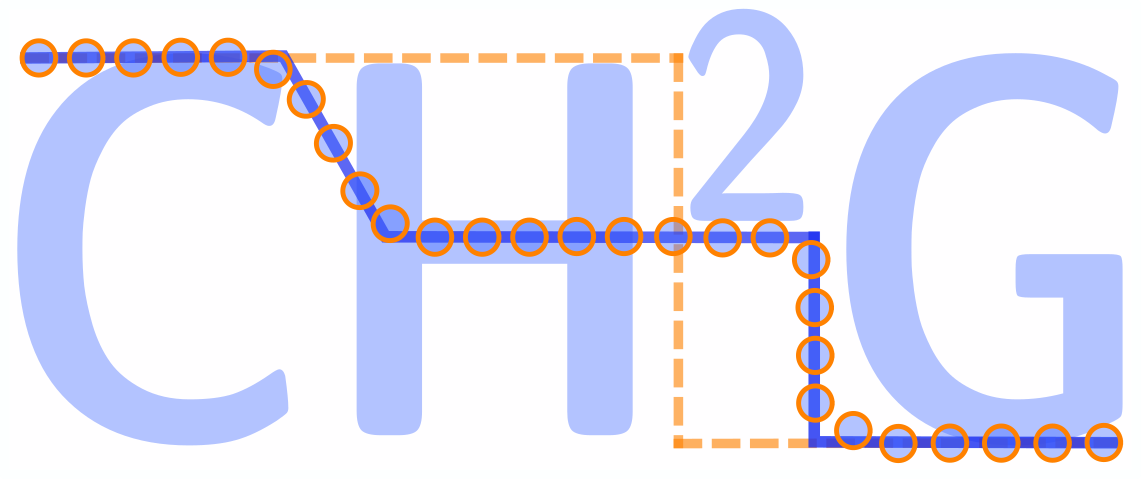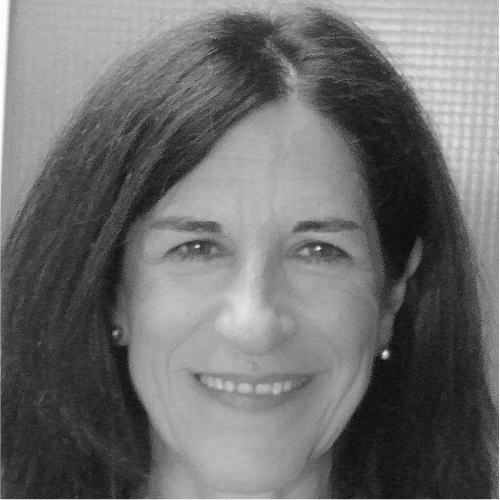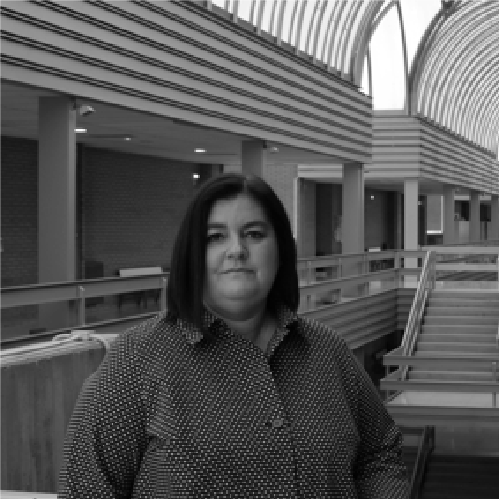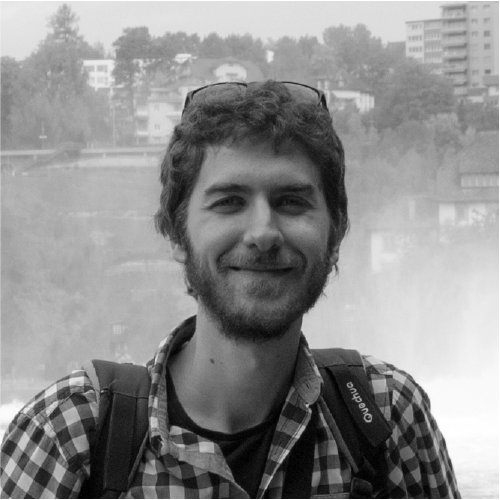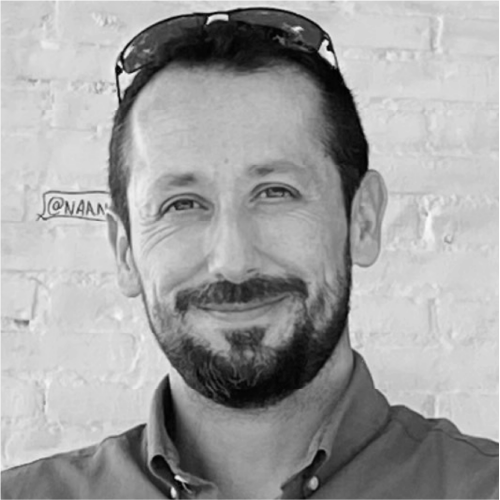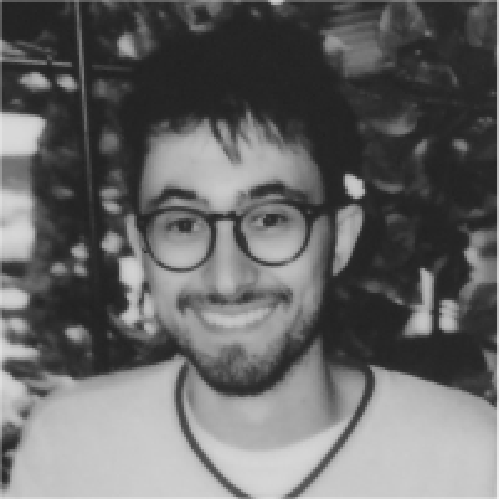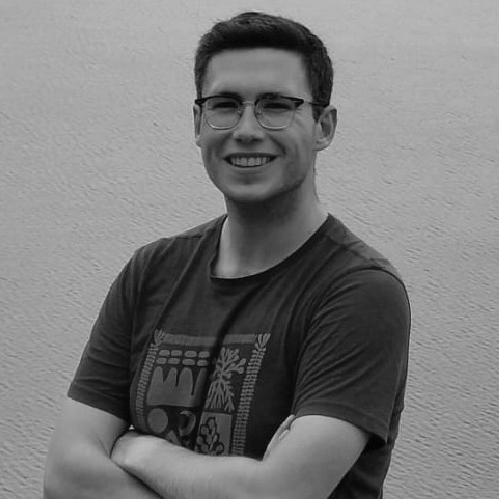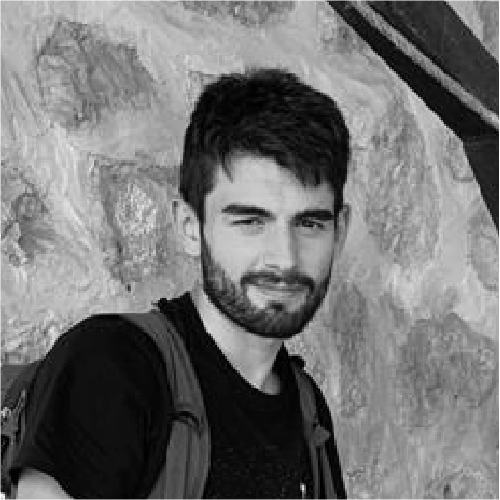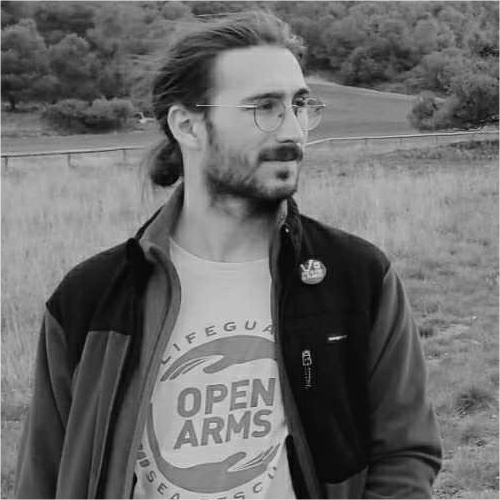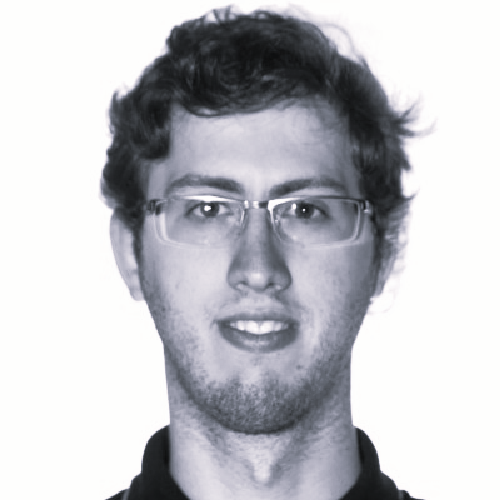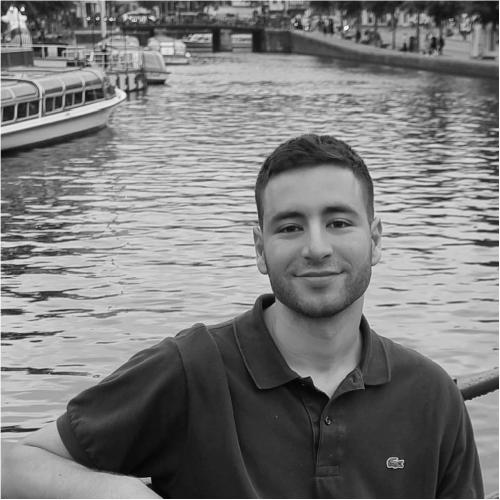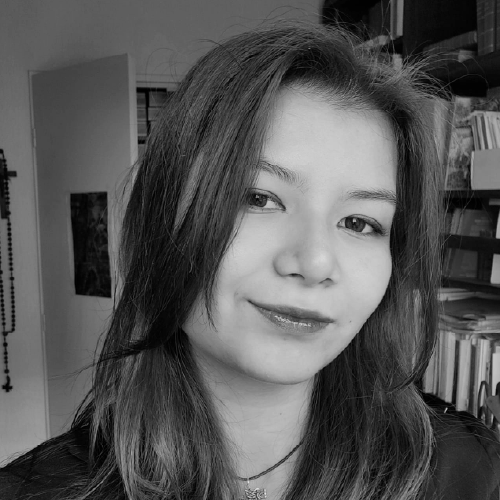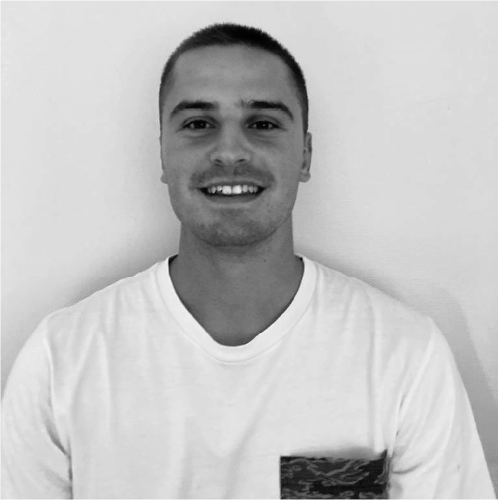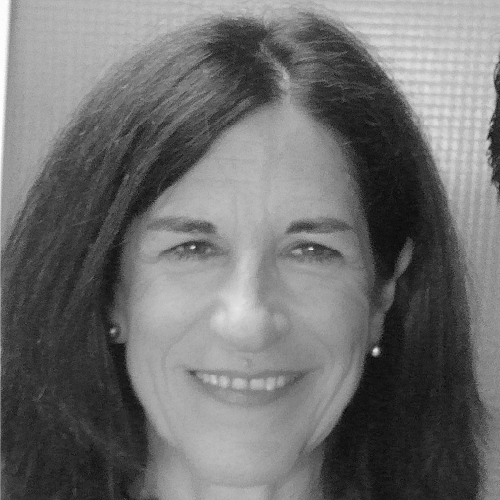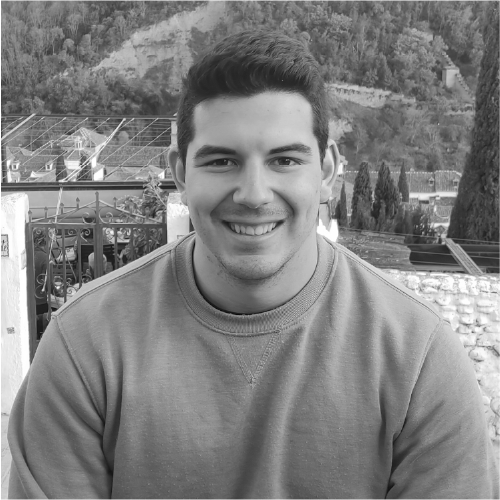Team Members
Mario Morales-Hernández
Professor
Adrián Navas-Montilla
Professor
Sergio Martínez-Aranda
Assistant Professor
Pablo Solán
Assistant Professor
Juan Mairal
PhD Student
Pablo Vallés
PhD Student
External Collaborators
Javier Fernández-Pato
Researcher at Soil and Water, EEAD-CSIC.
Daniel Caviedes-Voullième
Team leader Simulation and Data Laboratory Terrestrial Systems, Jülich Supercomputing Centre
Team Members
Pilar García-Navarro
Full Professor
Mario Morales-Hernández
Professor
Adrián Navas-Montilla
Assistant professor
Sergio Martínez-Aranda
Assistant Professor
Pablo Solán Fustero
PhD Student
Juan Mairal
PhD Student
Pablo Vallés Oliván
PhD Student
External Collaborators
Javier Fernández-Pato
Researcher at Soil and Water, EEAD-CSIC.
Daniel Caviedes-Voullième
Team leader Simulation and Data Laboratory Terrestrial Systems, Jülich Supercomputing Centre
